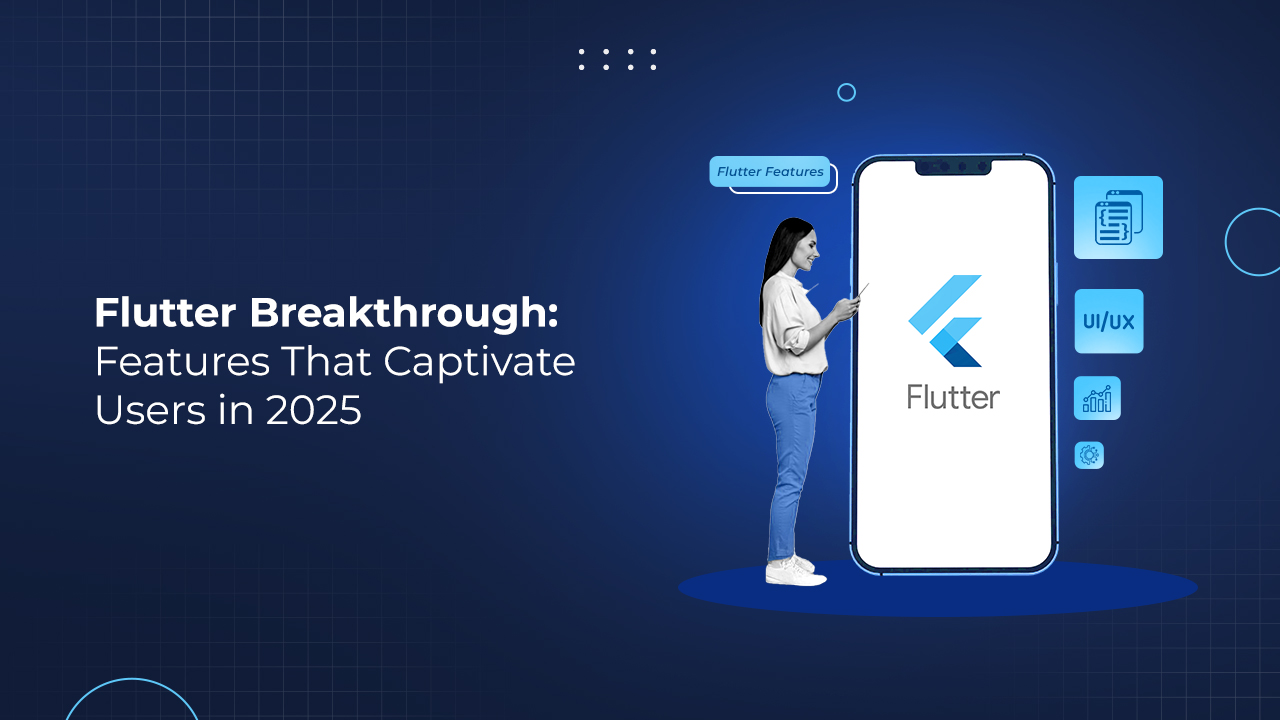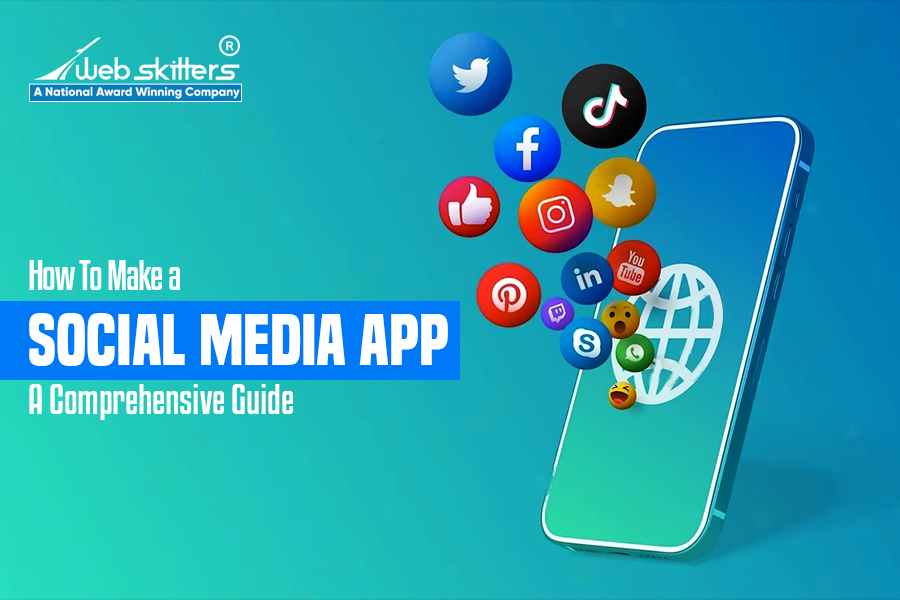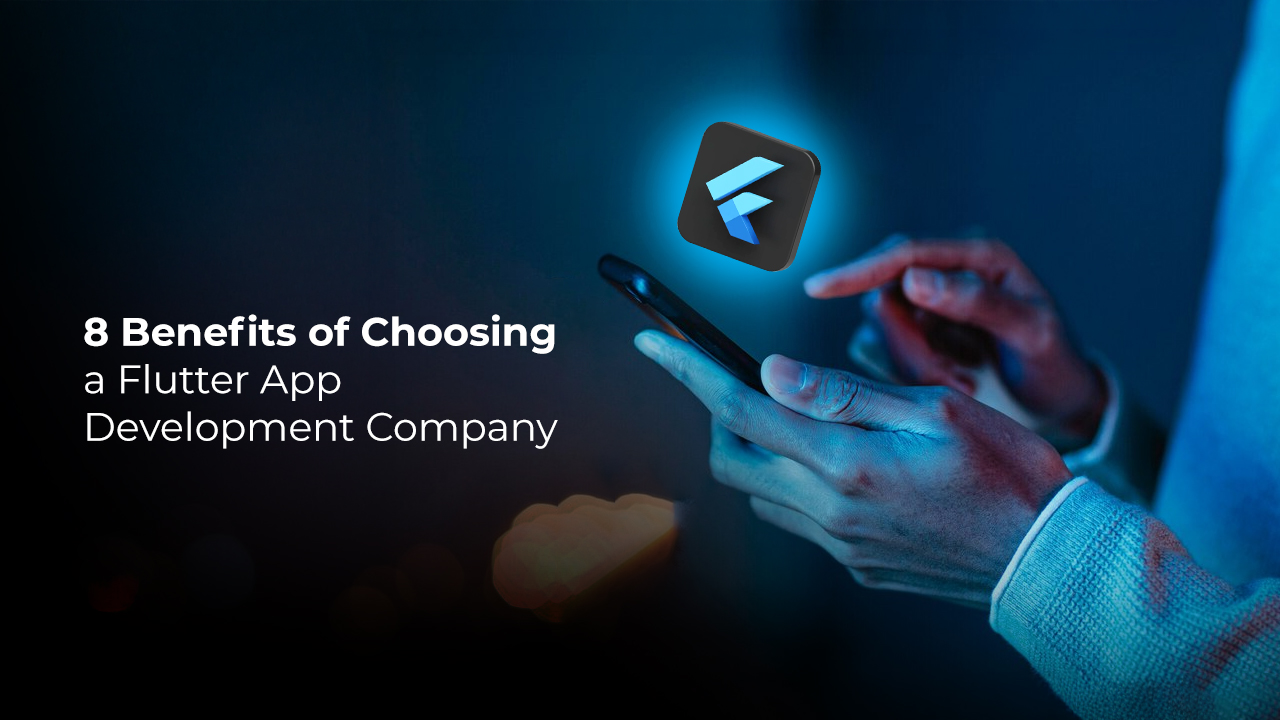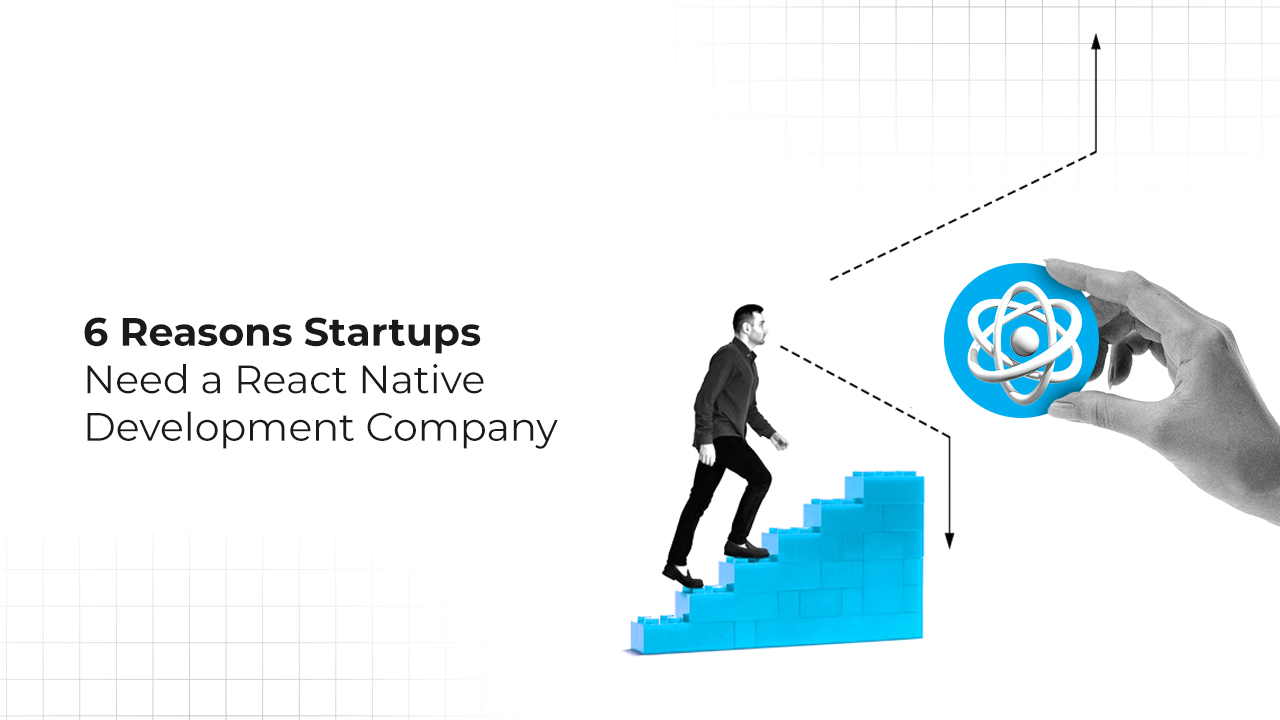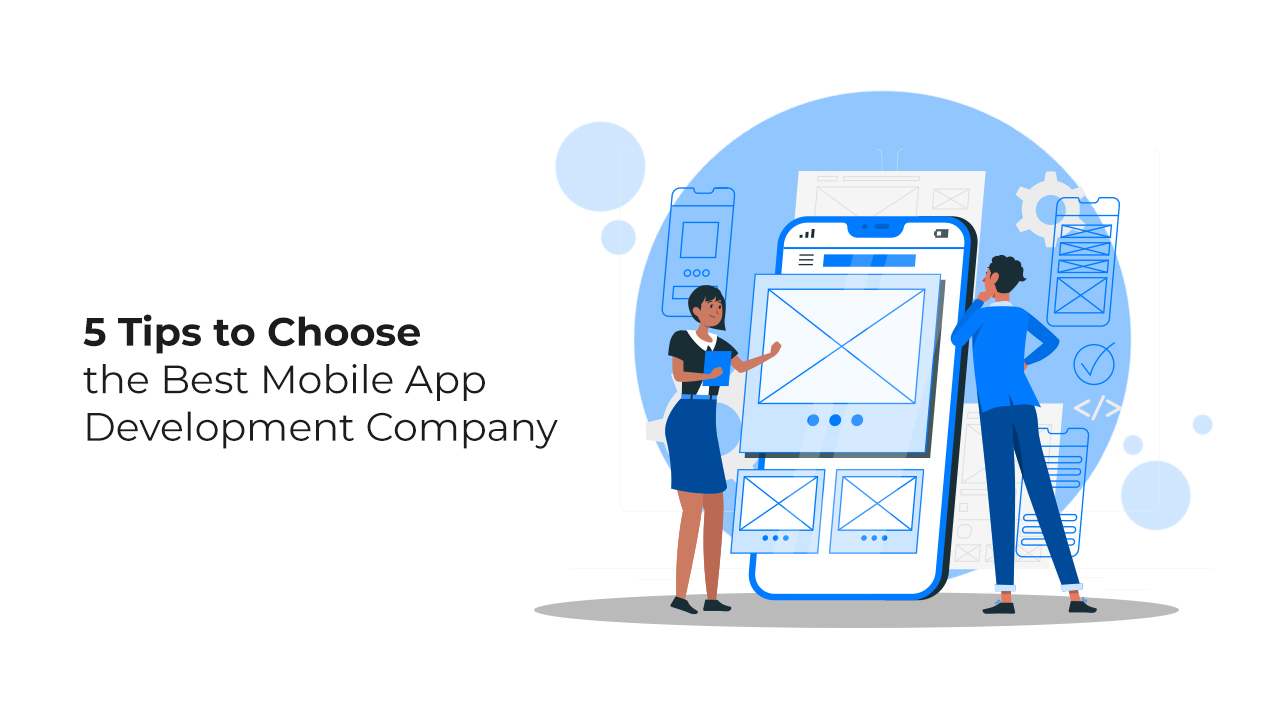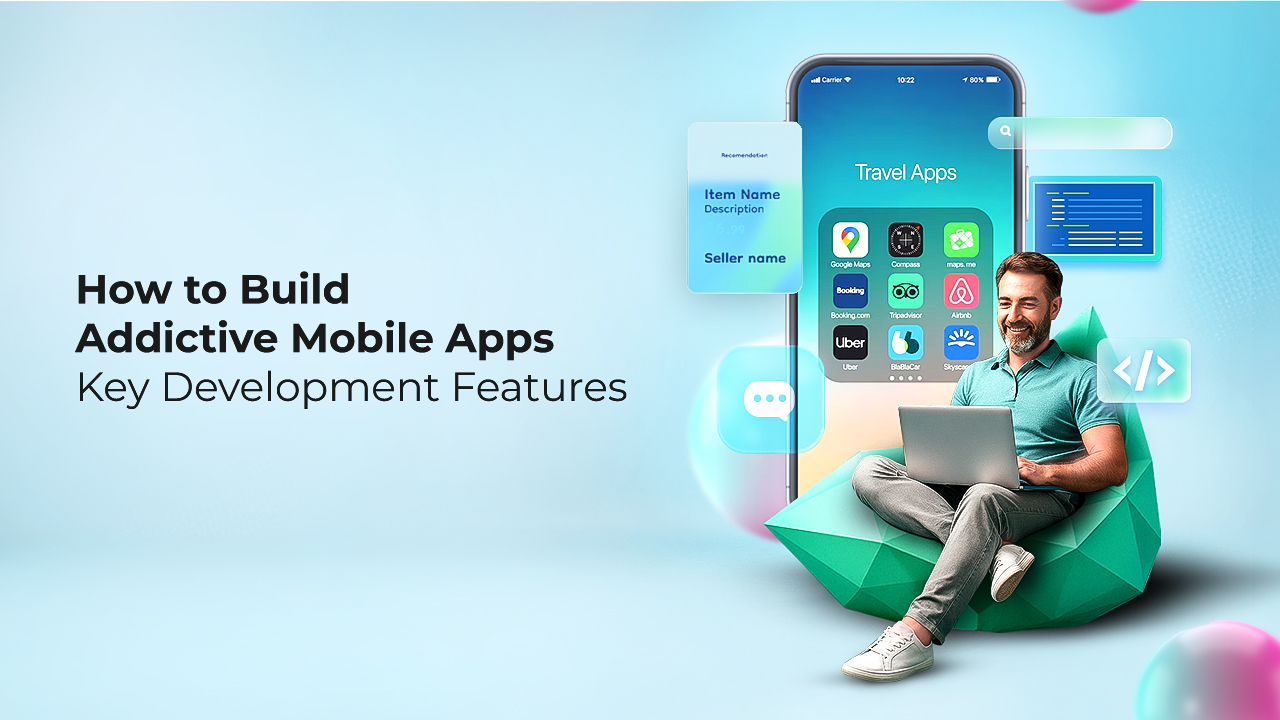
How to Build Addictive Mobile Apps: Key Development Features
Why do some apps feel impossible to put down? Have you ever opened a game or social app “just for a minute” and lost an hour? That’s the power of addictive mobile apps at work.
According to Statista, users globally spend an average of 3 hours and 15 minutes per day on mobile apps, and a huge chunk of that time goes to social media, messaging, and games.
Popularity is one thing, but these apps are manipulated to be addictive.
For obvious reasons, addictive mobile app development is not that easy. You need the right features, timing, and user flow that keeps people coming back without annoying them.
Do you want to know exactly what makes a mobile app so hard to put down? Read on.
The Anatomy of an Addictive Mobile App
Addictive apps have certain traits in common. They may be designed to solve a simple problem or offer an instant reward. Whether it is killing boredom, staying in touch, or unlocking a badge after a few taps, there is always something small but satisfying happening.
Another important element is that they are ridiculously easy to use. You do not need a manual or a tutorial. Everything is either obvious or just feels right. Think of how quickly people of any age pick up apps like WhatsApp or Candy Crush.
These apps are also known for giving users a reason to return. There is usually a loop involved—a notification, a reward, a task to finish, or a message waiting. You open an app, get what you want (or part of it), and without even realizing it, you find yourself checking it again later that day.
Lastly, good addictive apps evolve. They do not sit still. They keep offering something new, be it features, visuals, or challenges, making sure that the experience never gets stale.
So, if you’re wondering what sorts of mobile apps people reach for again and again, it is pretty much those with a foundation of simplicity, value, and subtle psychological triggers. That is the heart of addictive mobile app development done right.
Key Features That Drive User Engagement
There are certain building blocks that turn a regular app into a sticky, addictive one. They are practical features that keep users hooked without overwhelming them.
These are often considered the key features of successful mobile apps, and they deserve special attention during planning.
1. UI/UX That Feels Effortless
The user interface (UI) is how your app looks. The user experience (UX) is how it feels. Both need to work together smoothly. A confusing layout or even a slow-loading screen can make users exit in seconds. You know this. You’ve probably done so yourself.
In addictive apps, everything is laid out in a way that feels “just right.” Buttons are placed where you expect them to be. You are not guessing where to go next. Fonts are readable, colours are pleasant, and transitions are smooth.
Instagram is known for keeping its design so familiar that even when they update something, it still feels like second nature to use.
Simple gestures, quick responses, and no unnecessary steps, all of this adds up to an experience people enjoy. And enjoyment leads to habit.
This kind of attention to detail is a core part of custom mobile app development that keeps users coming back.
2. Gamification That Actually Motivates
Have you noticed some non-game apps with game elements like points, badges and levels? This is gamification.
Routine tasks on a mobile app can be made into something satisfying for users.
The popular language learning app, Duolingo, has mastered this. Users are rewarded for daily practice with streaks and in-app currency. On the surface it may sound silly, but it works. People keep coming back just to maintain their progress.
Your app does not need to be a game to use gamification. Even a fitness app can reward you for hitting goals or give you a visual summary of your improvements.
These small incentives make people feel like they are “winning” something, and that builds a powerful loop.
Gamification is one of the most effective mobile app development features to increase stickiness.
3. Push Notifications That Feel Personal
Push notifications can either bring users back or ‘push’ them away. Your app should not just send out spam reminders. The notifications need to trigger a positive response in users.
Think of how Spotify notifies you when a favorite artist releases a new album, or how food delivery apps ping you with offers just before lunch.
The trick is to use them wisely. Notify users when it matters: when they’ve left something incomplete, when a friend interacts with them, or when you’re offering them real value to return to your app.
Using the user’s name or history can make it feel more like a nudge than a nag.
This helps boost mobile app user engagement in subtle, effective ways.
4. Personalized Experience
People stick to apps that know them. From the second they log in, the content should feel like it was made for them.
Netflix and YouTube do this well. The more you watch, the better their suggestions become. The experience feels custom-built.
Even smaller apps can use this approach. Let users set preferences. Let the app remember past actions and shape what they see next. It could be a shopping app showing related items or a note-taking app remembering your favourite folders.
The more the app adapts to the user, the more comfortable and useful it becomes and the more likely they are to keep using it.
This kind of personalization is a hallmark of custom mobile app development that prioritizes relevance.
5. Contextual Feedback Loops
When someone taps a button or completes a task, what happens? Is there a sound, a graphic, a tiny vibration? These are feedback loops—responses that tell the user, “You did something. Here is your result.”
Apps like TikTok use this brilliantly. The moment you like a post, it reacts instantly. The moment you swipe, a new video appears without delay. It is smooth, responsive, and addictive.
Even in productivity or utility apps, instant feedback matters. If a user saves a document, show a quick tick. If they complete a workout, flash a little celebration screen. This builds momentum and keeps users feeling engaged.
These tiny confirmations are essential mobile app development features that often go unnoticed but make a huge difference.
6. Microsessions
Millennials and Gen-Z like to do things in short bursts.
They rarely spend 30 minutes at once on an app. What they do instead is check it multiple times a day. This is called a microsession. Basically, it’s a quick, purposeful interaction that fits into a small gap in their day.
Designing your app for microsessions means making sure users can do something meaningful in under a minute. Open, swipe, reply, close. That might be all they have time for, but if that moment delivers value, they’ll be back later for more.
Notice how Twitter/X lets you scroll through a few updates and feel “caught up” in seconds. Habit-forming apps simply do not waste users’ time.
This is where mobile app user engagement is built quietly but steadily.
7. Regular Updates and New Features
Apps that feel stale get deleted fast. If you plan on creating an addictive app it would have to be freshened up at intervals.
Most top-performing apps have that status because their developers not only release consistent updates but also introduce new elements. They might introduce new tools, new designs, or limited-time content.
Users pay attention. In mobile game apps, gamers actually anticipate new levels, characters and features, knowing this, developers build anticipation for such updates in between.
That’s a clear reason why addictive mobile app development must include long-term content planning.
8. Value-added In-App Purchases
In-app purchases (IAPs) are a turn-off when used excessively, but when executed properly, they really do increase engagement.
Paywalling basic features is not the way to go. What works is providing value-adds that enhance the experience for those who desire it.
Someone who owns an editing app could provide free basic tools, but also allow you to tap into premium filters or storage capacity for a minimal fee. A language app might offer extra lessons or grammar packs.
Users are hooked to apps that use IAPs correctly, those that offer convenience, status or advanced features, not frustration.
When the value is clear and the price feels fair, users do not mind spending.
Effective mobile app retention strategies often include well-designed premium add-ons like these.
Mobile App Testing and Ongoing Improvement
When building your app, the first iteration is merely the beginning of the development journey. Testing how people use your app teaches you at what stage they exit your app, what annoys them, or what they like most about it.
Use A/B testing to try minor variations. You can reverse the position of a button or the colour of your notifications to see what retains people’s attention. See what the user does over time. What screens do they spend most of their time on? Where do they drop off?
It’s wise to gather feedback often and revise as necessary. Even small enhancements, consistently implemented, can make the experience smoother and more rewarding. The point is to look at your app as a living organism. Nurture it so that it evolves.
That’s why no mobile app development process is complete without long-term testing and data-led iteration.
The Future of Mobile App Development

-
-
AI Integration Will Go Beyond Chatbots
Everyone visualizes AI in apps as chatbots or smart replies, but the future is so much deeper.
Developers now create apps that apply AI to image creation, real-time translation, content moderation, voice-to-text, and even decision support.
If you are developing a learning app, AI will automatically adjust the app content based on where a user struggles. It will also perform more behind-the-scenes functions, including anticipating crashes, identifying fraud, or alerting on suspicious activity.
Basically, AI will be integrated into the core logic of how the app operates more effectively.
-
Edge Computing Will Accelerate Apps and Make Them More Private
Currently, the majority of apps push data to remote cloud servers in order to process it. This can slow things down and create privacy breaches.
In the near future, more apps will move to edge computing, where processing occurs on your phone or nearby devices directly.
For app users, this translates to quicker response time and greater control over one’s data.
For app developers, this means creating smarter applications that do not depend on continuous internet access.
-
5G Will Drive More Real-Time, High-Performance Feature
As 5G becomes widespread, apps will be able to deliver capabilities that were formerly too sluggish or unpredictable.
You can expect high-definition video streaming, real-time multi-player games, instant file exchange, or seamless AR overlays—all without delay.
Developers will code specifically for this. Apps will be more immersive and seamless, with less waiting and fewer constraints.
-
AR (Augmented Reality) Will Become Standard to User Experience
AR was once a gimmick, but technology such as Apple’s ARKit and Google’s ARCore is making it simple to design stable, practical AR features.
In the years to come, shopping, travel, learning, and even productivity apps will leverage AR to deliver value—such as viewing furniture in your home, real-time street sign translation, or walking you through tasks with on-screen cues.
Developers are already laying the foundation. Advancement in hardware and camera capabilities will elevate AR from a gimmick to the norm.
Final Thoughts
Building a habit-forming mobile app that users are addicted to may seem like climbing Mount Everest, but it isn’t.
You need to combine careful design, intelligent features, and ongoing refinement. Apps that find their way into users’ habits get there by fulfilling emotional desires, rewarding interactions, and providing real value.
So, the point is to build addictive mobile apps by aligning your product with the natural behaviour patterns of users.
If you are thinking about building such an app, make sure you are not just copying trends. Focus on what keeps users engaged and satisfied over time.
For professional advice on creating high-retention, habit-forming apps, the Webskitters Ltd team is here to assist. We have gained insight over the years into user psychology and mobile technology.
As a top-rated mobile app development agency, we are trusted by growing businesses worldwide. Contact us to make your addictive app concept a reality.
-

 Ecommerce Development
Ecommerce Development 
